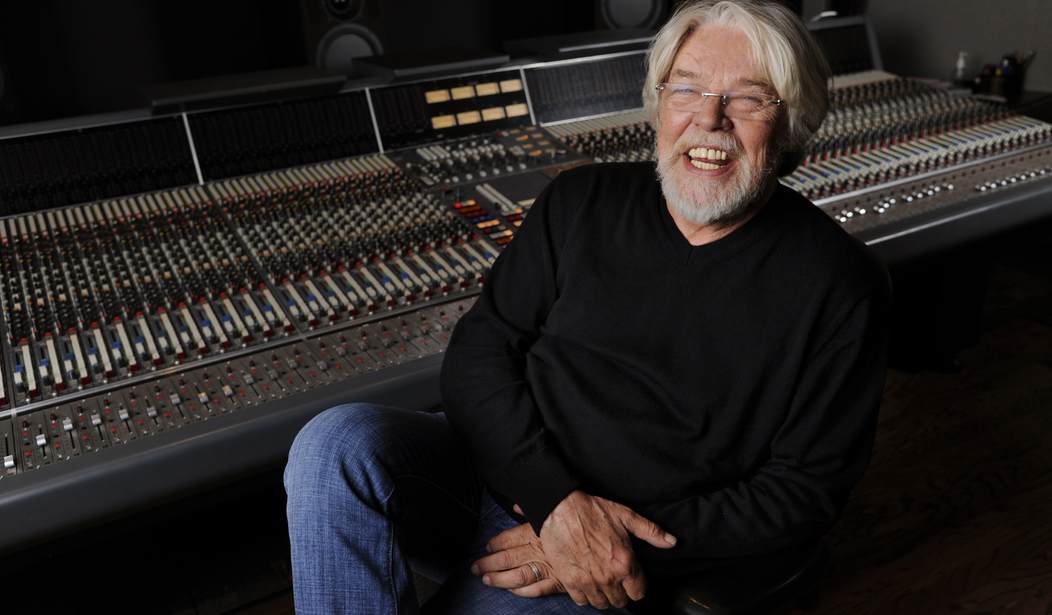It was actually a couple of months ago, but the publicity machine is just now gearing up to mark the forty-fifth anniversary of Bob Seger and The Silver Bullet Band’s Live Bullet album. Recorded in 1975 in front of a raucous hometown crowd at Detroit’s Cobo Hall and released in 1976, the album was Seger’s first to make a lasting national impact, laying the foundation for 1977’s Night Moves which marked Seger’s leap to lasting stardom.
Seger’s story is one of perseverance. He made a mild splash when first introduced to the public at large under the Bob Seger System moniker when the title track of Ramblin’ Gamblin’ Man, his debut album, briefly broke into the Top 20 in 1969. Subsequent efforts failed to gain notice, with both singles and albums routinely flopping. Seger had a loyal following in Detroit and other Midwest locations, but elsewhere was nothing more than a barely tolerated opening act – if even that much.
A not inconsiderable part of why Seger spent years toiling away before breaking through was that he was the musical equivalent of flyover country before the term had been invented. His music was gritty, bar-band rock, with occasional flavorings of Motown soul and an utter disdain for whatever trends were in vogue at the time. There was nothing of interest for the New York City, San Francisco, or Los Angeles rock snobs in Seger’s sound. It was heartland rock, a genre Seger didn’t necessarily invent but certainly came to embody — something to be snubbed by those who had long ago packed away their hearts in favor of pseudo-intellectualism when it came to rock’n’roll.
Then came Live Bullet. It was the follow-up to 1975’s Beautiful Loser, which like its predecessors failed to gather any general interest. However, Seger’s record label had the notion that maybe if they could capture Seger and band in their natural element, i.e. on stage, in front of his crowd perhaps some of the power would come through on vinyl. Thus Live Bullet was born.
The plan worked. Although not a massive hit, the album made it into the Top 40 of the album charts, sales spurred by massive FM airplay for several tracks including “Turn The Page” and the “Travelin’ Man/Beautiful Loser” medley. While it didn’t reach the stratospheric heights of another live album released earlier in 1976 (some obscure LP titled Frampton Comes Alive), Seger was finally on the national radar. Later in 1976 he released Night Moves, and the rest is platinum albums and sold out arenas history.
Seger, even during his lengthy heyday, remained rather unfashionable. He was the soundtrack for the brews and bruised crowd, partying in one song and singing of midlife ruminations and regrets over youthful adventures the next. Seger struck a chord with the blue-collar world that Bruce Springsteen, despite all his overtures to same, never captured. Seger never talked down America and with rare exceptions kept his politics to himself, or at the least out of his music.
Listening to Live Bullet in hindsight reveals an artist reaching the peak of his creative powers. Regrettably, much of Seger’s earlier work remains frustratingly unavailable. But there is Live Bullet. It remains the perfect album for late at night, with the world’s cares tucked away for the evening.
Nostalgia? Perhaps, although as noted above, Seger’s music has always been laced with the fine art of looking back without becoming stuck in the past. It’s Seger, not Springsteen, who is the quintessential American rocker. As his career comes to a natural close — he has already stated he will not tour again — Live Bullet stands not only as an outstanding document of “this is how it’s done, kids,” but also a terrific reminder of when he, and we, were the young, blue-collar lions.













Join the conversation as a VIP Member